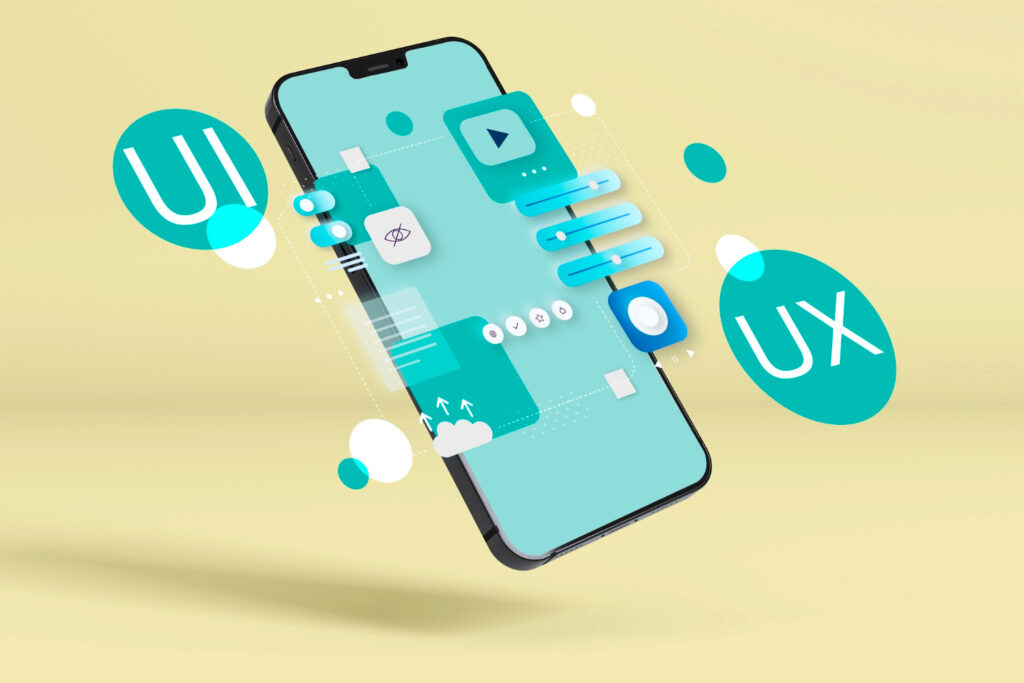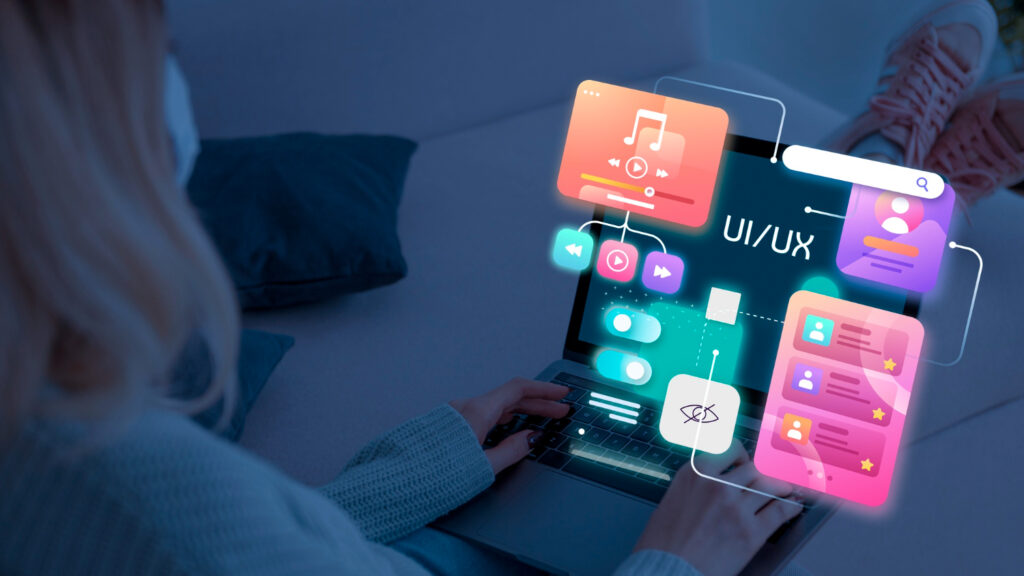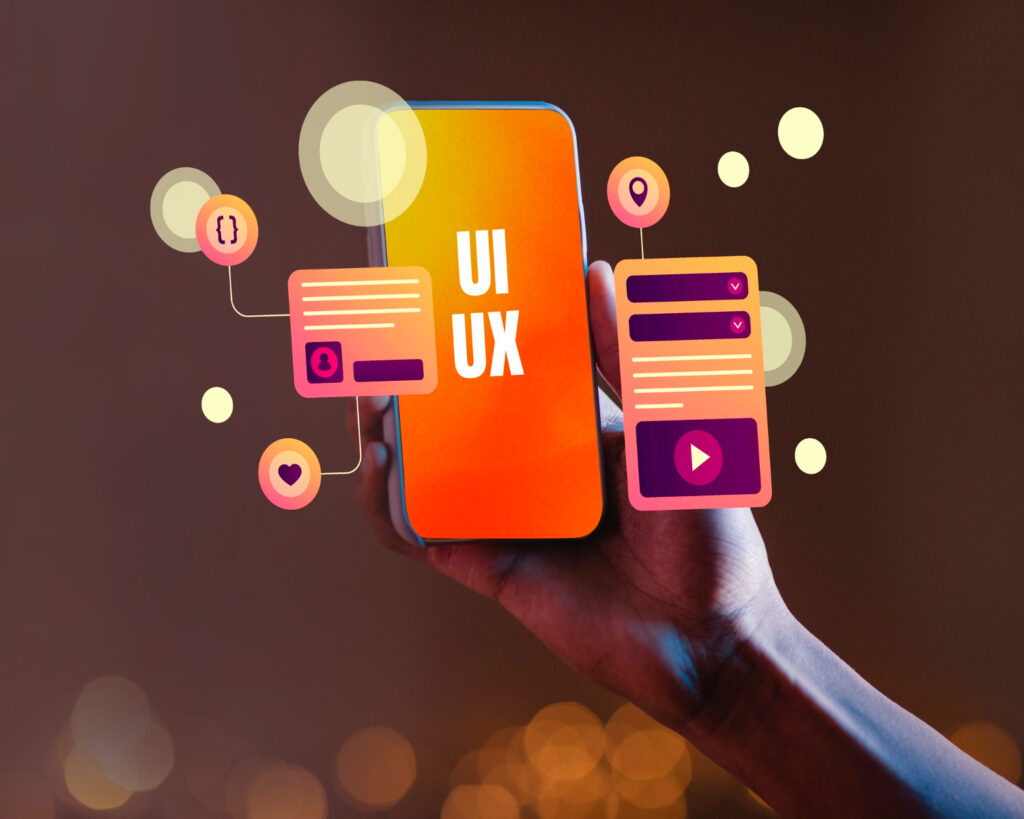User Interface (UI) and User Experience (UX) design are constantly evolving to meet the ever-changing demands of technology and user expectations. As we step into 2024, designers, developers, and businesses must stay updated with the latest trends in UI/UX design. In this article, we’ll delve into the key trends that are set to shape the future of UI/UX design in 2023.
Omnichannel Experiences
Seamless Cross-Platform Integration: In 2024, users will expect a consistent experience across all devices and platforms. Designers will need to focus on creating designs that seamlessly transition from desktop to mobile to wearable devices.
Voice User Interfaces (VUI): Voice-activated interfaces are on the rise. As AI and natural language processing continue to advance, designers must consider how to create intuitive and efficient VUIs that offer a frictionless user experience.
Embracing Augmented Reality (AR) and Virtual Reality (VR)
AR in UI/UX: Augmented Reality is not just for gaming anymore. AR will find its way into everyday applications, enhancing real-world experiences. Designers must explore how to overlay digital elements onto the physical world effectively.
VR for Immersive Experiences: Virtual Reality is gaining traction beyond gaming and entertainment. Expect to see VR used in fields like education, healthcare, and eCommerce. UX designers will need to ensure users can navigate VR environments intuitively.
Speed and Performance
Performance-Centric Design: With users’ decreasing tolerance for slow-loading websites and applications, performance-focused design will be critical. Optimizing images, reducing HTTP requests, and leveraging technologies like Progressive Web Apps (PWAs) will be key.
Core Web Vitals: Google’s Core Web Vitals, which measure aspects like loading speed and interactivity, will influence search engine rankings. UI/UX designers must prioritize these metrics to maintain visibility in search results.
Vibrant and Inclusive Design
Color Psychology: Designers will use color strategically to evoke emotions and convey brand messages. Additionally, accessible color choices will become more prevalent to cater to diverse user needs.
Inclusivity Matters: Inclusive design, which ensures products are accessible to all users, will be a top priority. This includes considerations for users with disabilities and different cultural backgrounds.
AI-Powered Personalization
Hyper-Personalization: AI algorithms will play a significant role in tailoring user experiences. They will analyze user behavior to provide personalized content and recommendations, making interactions more meaningful.
Chatbots and Virtual Assistants: AI-driven chatbots and virtual assistants will become more sophisticated, offering users assistance and support throughout their journeys.
Mobile-First and Mobile-Only Design
Mobile-First Approach: With the continued dominance of mobile devices, designing for mobile-first will remain essential. Responsive design will be the norm rather than the exception.
Mobile-Only Interfaces: Some applications will be designed exclusively for mobile platforms, embracing the unique capabilities and constraints of mobile devices.
Data-Driven Decision Making
User Data Analytics: The collection and analysis of user data will continue to shape design decisions. Heatmaps, A/B testing, and user journey tracking will help designers refine their creations.
Predictive Analytics: Predictive analytics will be used to anticipate user needs and behaviors, allowing designers to proactively optimize the user experience.
Web3 and Blockchain Integration
Web3 Paradigm: As the Web3 paradigm takes hold, designers will need to adapt to decentralized platforms and consider the user experience within blockchain-powered ecosystems.
NFTs and Digital Ownership: Non-Fungible Tokens (NFTs) and blockchain will impact digital ownership. Designers will need to explore how to visualize and interact with NFTs in user interfaces.
Eco-Friendly Design
Sustainability and Green Design: Environmental concerns will drive the adoption of eco-friendly design practices. Reducing energy consumption and promoting eco-conscious choices will be part of the design process.
Digital Carbon Footprint Measurement: Tools to measure and minimize the digital carbon footprint of websites and apps will become more prevalent.
Visual Storytelling
Storytelling Through Visuals: Designers will increasingly use visuals, such as illustrations and animations, to convey narratives and engage users emotionally.
Cinemagraphs and Microinteractions: Cinemagraphs (subtle animations) and microinteractions (small, interactive animations) will enhance the visual storytelling experience.
Collaborative Design Tools
Real-time Collaboration: Collaboration tools for designers will continue to evolve, enabling real-time collaboration among remote teams and stakeholders.
Design Systems and Component Libraries: The use of design systems and component libraries will streamline design workflows and ensure consistency.
Low-Code and No-Code Design
Accessibility for Non-Designers: Low-code and no-code tools will empower non-designers to create user-friendly interfaces. Designers will play a role in ensuring these tools produce accessible designs.
Design Validation: Designers will focus on validating the outputs of low-code and no-code platforms to ensure they meet UI/UX standards.
AI-Generated Design Assistance
AI-Assisted Design: AI algorithms will help designers generate design suggestions, automate repetitive tasks, and enhance creativity.
Ethical Considerations: As AI takes a more prominent role in design, ethical considerations surrounding bias and privacy will become increasingly important.
In conclusion, 2023 promises to be an exciting year for UI/UX design. To stay ahead in this dynamic field, designers must adapt to these emerging trends. Whether it’s creating seamless omnichannel experiences, harnessing the power of AR and VR, prioritizing speed and inclusivity, or embracing AI and sustainability, staying informed and adaptable will be key to success in UI/UX design in the coming year.



